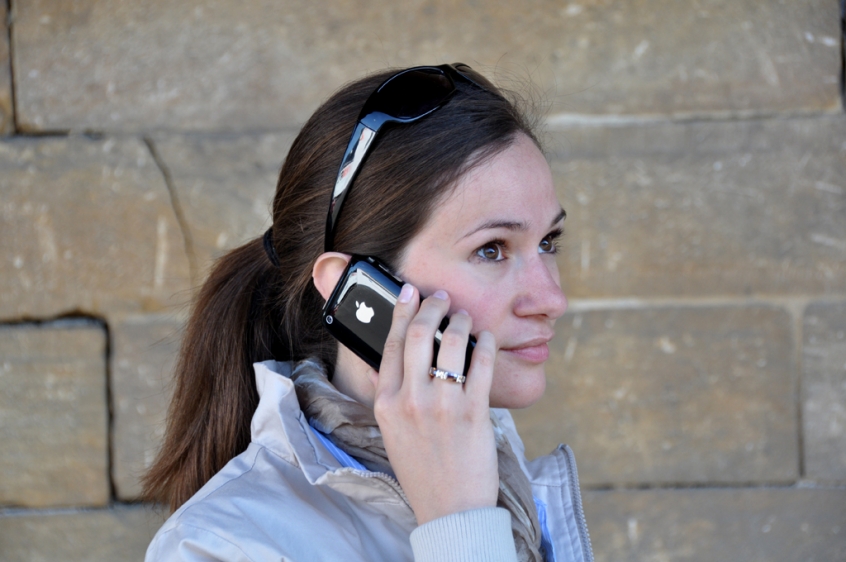- Home
- About Us
- Recovery Services Individual RecoveryEnterprise RecoveryAdditional Recovery
- Software
- Testimonials
- Locations
Over a third of data recovery enquiries relate to data loss from digital cameras and photos.
Digital photo data loss...
Show a roll of camera film to a child or even a teenager and they will probably struggle to identify the intended use. We live in an age where are images are kept digitally and this means the storage of memories on cameras, phones, laptops and tablets.
From time to time we make a concerted effort to transfer and sort images we want to keep and use portable memory devices, but often the photos sit forever on the devices they were taken on. The problem comes when the smartphone breaks or the laptop hard drive becomes corrupt and we realise in horror that hundreds and possibly thousands of images are now lost. There is a solution for many digital photo loss scenarios so if you find you’re in this situation, it could be that all is not lost.
It’s a surprisingly common occurrence – just a quick installation of a new app on your smartphone or tablet and it ceases up and stops working. The mobile phone or tablet hangs during the installation process and may not even boot up if you try to restart. Nevertheless, in many cases data on the device has simply disappeared. Or perhaps the user was careless and the expensive device simply falls to the ground or even in the water. Now what? Is it possible to recover its sensitive data stored on the device yourself or should you contact a specialist? Because the mobile device, in contrast to laptops or desktops, have their own unique requirements.
Where is data usually stored on the smartphone?
In an iOS-based smartphones and tablets, all data is stored exclusively on the internal memory of the device. Depending on the model, iPhones have different sized NAND flash memory. Alternatively, data can also be stored via iTunes on the computer or stored via iCloud in the cloud.
Android-based smartphones, however, offer the possibility to use three different data storage places: In addition to the internal memory – also mostly a NAND flash – many devices have a (micro-) SD card slot on which the data can be saved. As a last resort, various data can – depending on the available amount of memory – are stored on the SIM card of the telco provider.
What types of data loss can occur on a smartphone?
Basically you have to distinguish among the possible damages between physical and logical errors. A physical error on a smartphone exists, for example, when the flash memory chip or the used controller has failed on the internal circuit board by a drop or other impact and now the device can no longer be used. Or the internal memory chips have worn out, have dropouts and no longer save correctly, or are already partially broken. Logic errors, however, are typically missing or incorrect file structures or linkages, corrupt files and file formats as well as faulty memory allocations. In short, all logical errors that cause either files will not be displayed or recorded by the system, but still exist on the memory.
In all of these cases it is best to speak with an expert. But there are also cases in which smartphone owners can save their data themselves and only if the phone or its data – whether Android or Apple iPhone.
Copyright © 2025 DataRecoup Recovery Services. All Rights Reserved. Designed by DataRecoup Lab.




